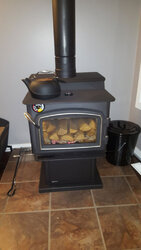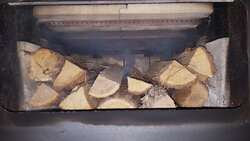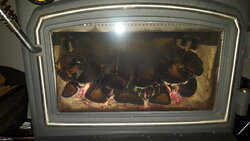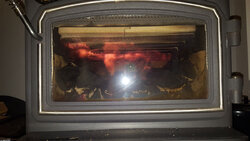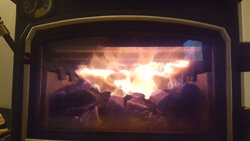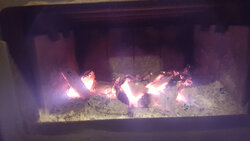Been experimenting, trying to get something close to an overnight burn. If the air supply is at the top, would loading the stop with n/s splits at the bottom, and e/w at the top work better? I'm assuming wood burns slower from the "sides", rather than the ends...yes, no?
Also, I've got some pallets that were cut up and I've been adding a couple pcs per start up and re-load. On a re-load over coals, since it burns hotter, would it I want the pcs to go straight on the coals (with splits on top), or the pallet pcs on top with splits underneath? Goal is longer burns.
TIA
Also, I've got some pallets that were cut up and I've been adding a couple pcs per start up and re-load. On a re-load over coals, since it burns hotter, would it I want the pcs to go straight on the coals (with splits on top), or the pallet pcs on top with splits underneath? Goal is longer burns.
TIA



